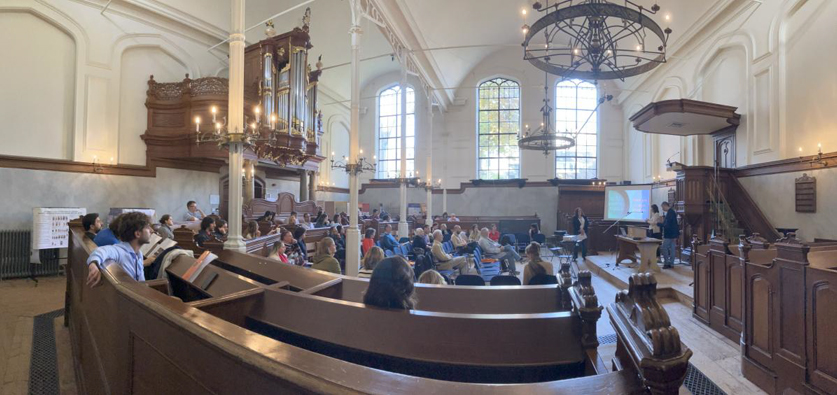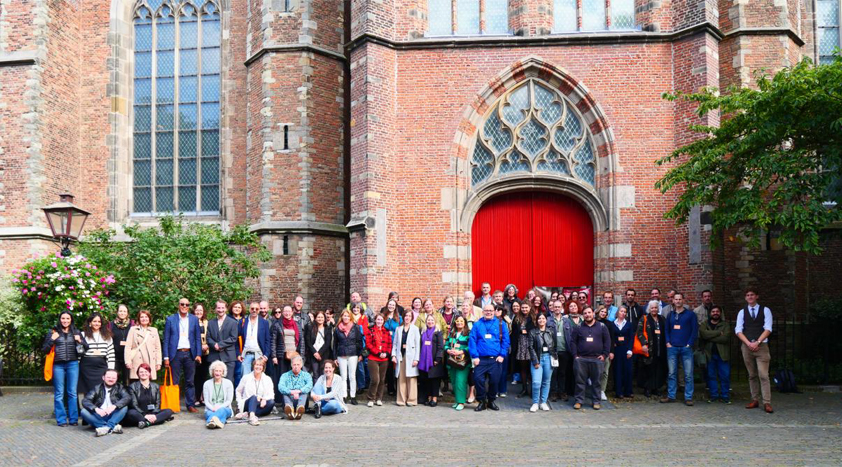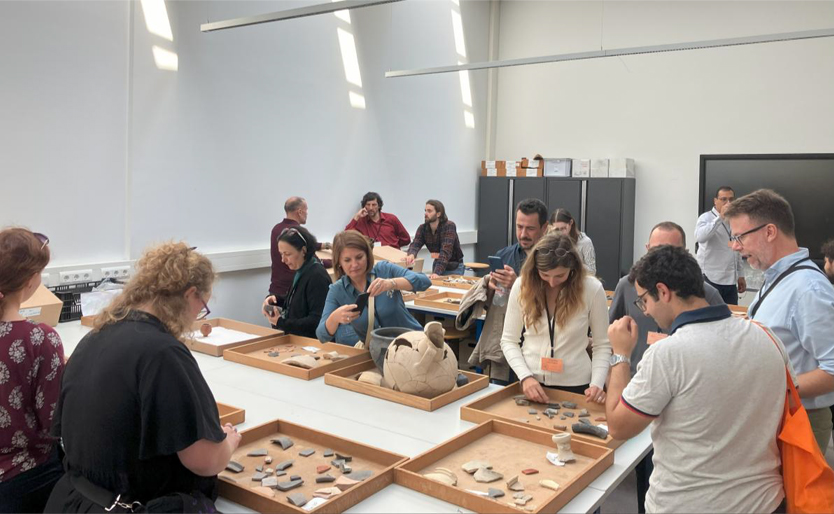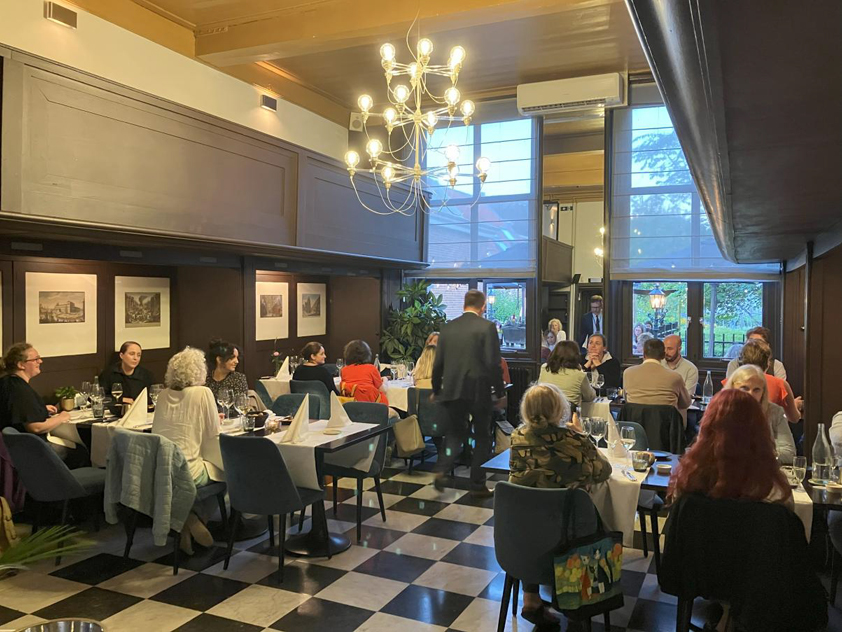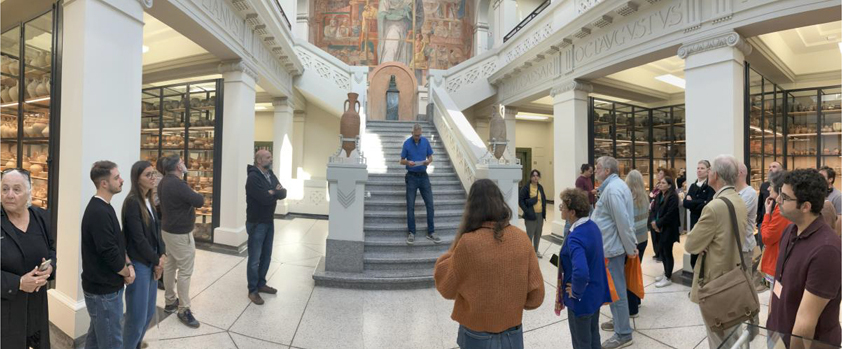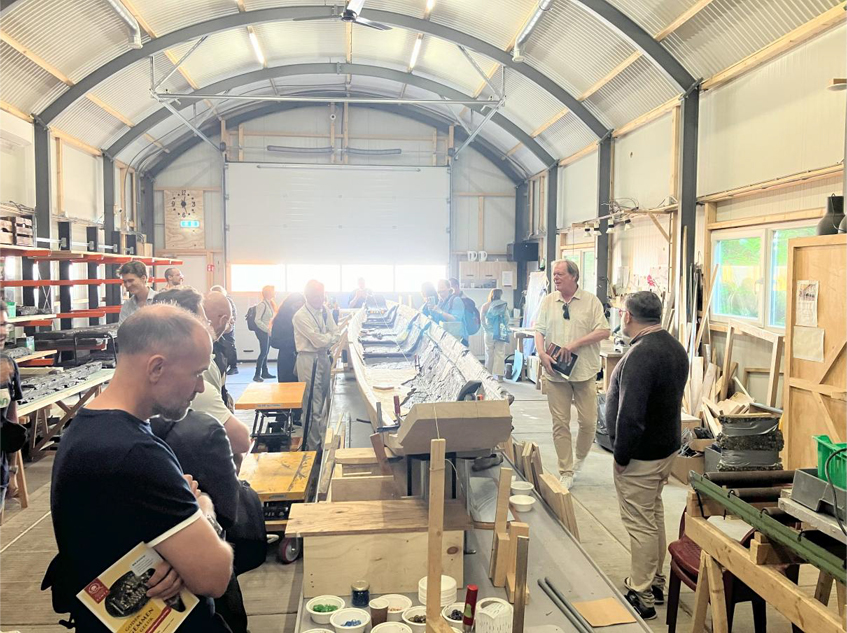
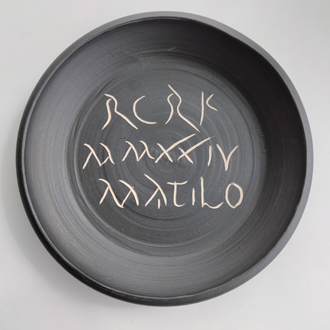
Dear Fautores, dear colleagues, dear friends!
We, the congress organisers, Philip Bes and Roderick Geerts, are very pleased to be welcoming the Fautores community to Leiden. The congress is organised in collaboration with the Faculty of Archaeology of Leiden University and the National Museum of Antiquities in Leiden. The congress will take place from the
15th of September 2024 to the 20th
followed by two days of optional post-congress excursions on the 21st and 22nd of September,
according to that wonderful Fautores tradition. For now it is our pleasure to already share the congress theme with all of you:
(Cultural) Contacts & Ceramic Contexts
We are continuously presented with a wealth of archaeological remains and artefacts from across the enormous area once covered by the Roman world. This growing richness continues to provide us with new research challenges as well as opportunities. Pottery was an omnipresent medium, and in certain respects we can speak of empire-wide phenomena, such as the production of terra sigillata/red slip ware. When investigated more closely, however, we become increasingly aware that pottery was highly heterogeneous in terms of production technique, typological and decorative style, exchange range and intensity, and so forth. This perspective allows us to ask a variety of local, regional and ‘global’ questions, for instance concerning the origin and connectivity of objects and styles (e.g., ‘local’ vs ‘non-local’; distributed/absorbed via military presence), the spatial/regional extent of certain styles and customs (e.g., urban-based; a regional feature), or the factors which are thought to have played a role in shaping regional styles and patterns (e.g., landscape; production capacity; transport possibilities).
We hope if not expect to see all Fautores members and other ceramic specialists in Leiden in September 2024 and are already looking forward to an inspirational and interesting week. In case of questions, please contact us directly using this e-mail address: rcrfleiden2024@gmail.com
Report (Roderick Geerts)
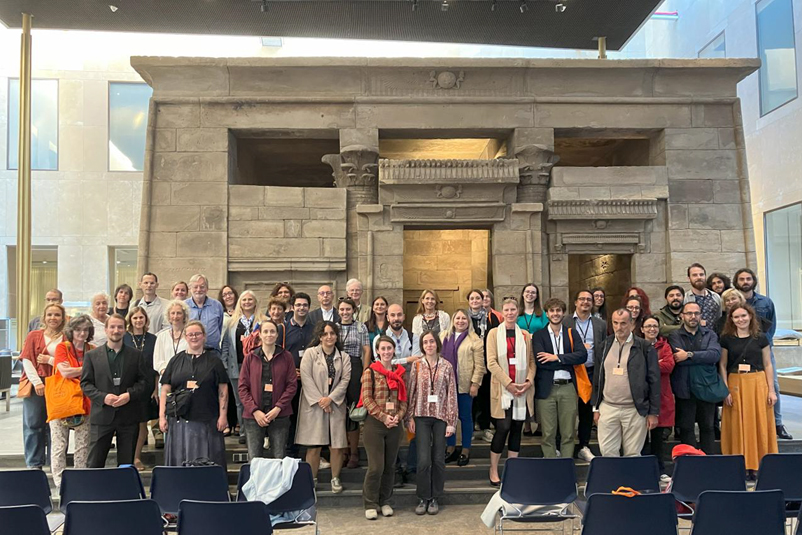
Fig. 1. The participants of the Leiden Congress in front the Augustan temple of Taffeh (Egypt) in the National Museum of Antiquities, Leiden.
The congress started with a Sunday preregistration at the venue, the Lokhorstkerk, before being officially opened on Monday with a welcome from the congress organisors (Philip Bes and Roderick Geerts), Lucas Petit head of collections of the National Museum of Antiquities and our editor Catarina Viegas our editor doing the honours on behalf of our president, Tatjana Cvjeticanin.
Fig. 2. The Lokhorstkerk.
Monday: A total of 125 participants made the congress to a great success. The congress programme started with a keynote lecture by Julie Van Kerckhove on the movement of people after the Caesarian conquest of the Low Countries and how that is reflected in the handmade pottery found in the Netherlands. She was presented with the first copy of the book Roman Pottery in the Low Countries Past Research, Current State, Future Directions, of which all participants also received a copy (https://www.sidestone.com/books/roman-pottery-in-the-low-countries). The first session two comprised further papers on the northwestern provinces, which continued after the unch break. For the remainder of the day we moved southwestwards with papers on North Africa and Southwestern Europe.
Tuesday: The second day started off with presentations on the Alpine regions, Italy and the Adriatic. During the afternoon we took the group photo in front of the nearby Pieterskerk (fig. 3). The day continued with a commemoration of John Hayes introduced by Philip Kenrick and concluded with the poster session.

